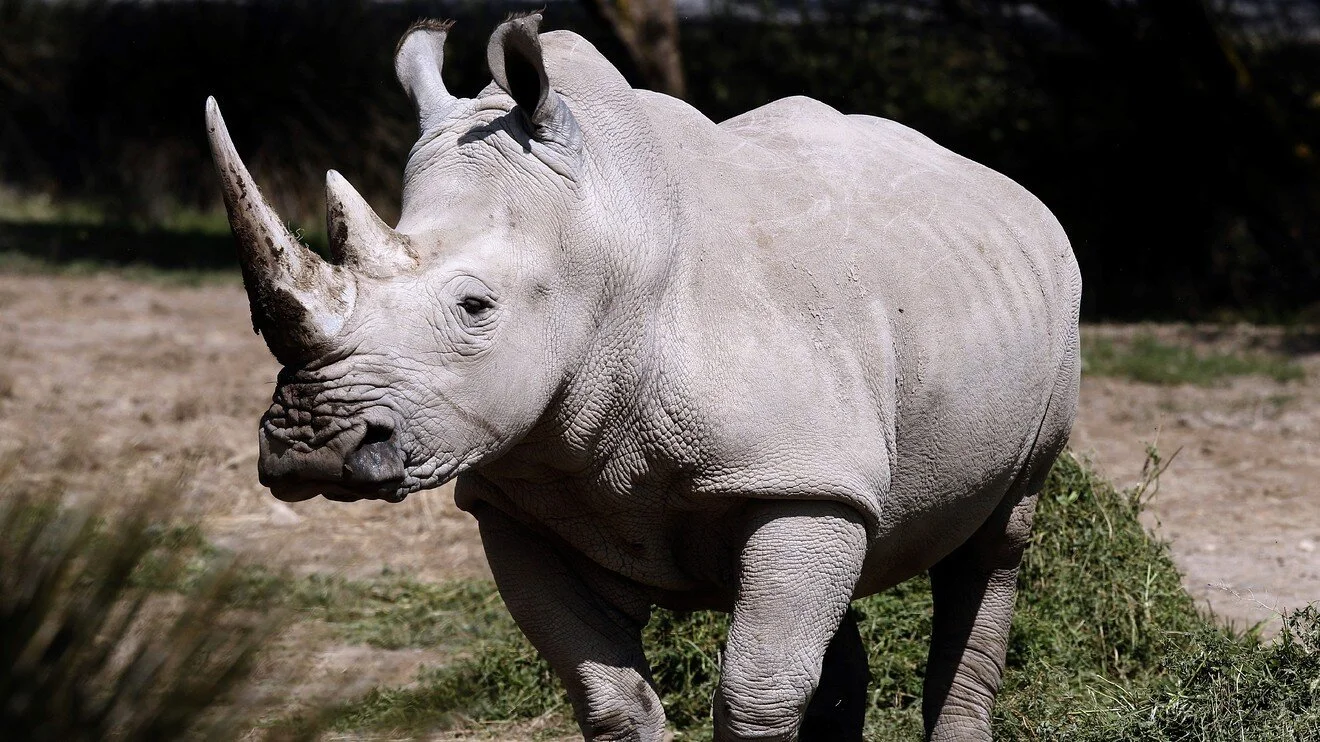As economists continue to dissect the current labor market shortage, the term “Gray Rhino” came to mind. Author Michele Wucker first introduced the concept at the World Economic Forum Annual Meeting in Davos in 2013, and later developed it into a bestselling 2016 book, The Gray Rhino: How to Recognize and Act on the Obvious Dangers We Ignore. (Side note: the book soared in popularity after Chinese Premier Xi Jinping approved of its use in a July 2017 front-page commentary in the People’s Daily, the official newspaper of China’s Communist Party.)
The gray rhino serves as a compliment to Nassim Nicholas Taleb’s Black Swan, which was a way to discuss unforeseen events, especially those that economists could not predict. Wucker’s gray rhino is a metaphor for “a highly probable, high impact yet neglected threat…Gray rhinos are not random surprises, but occur after a series of warnings and visible evidence.”
Examples of gray rhinos include the 2008 housing bubble crash, the Greek debt crisis, various natural disasters, and income inequality, all of which were given little attention as risks, despite their potential for enormous and sometimes, lasting damage.
I would like to add one more to the list: U.S. child care, a long-ignored threat to family finances and economic growth, that lurks in plain sight.
A recent report from the Treasury noted “the average family with at least one child under age 5 would need to devote about 13 percent of family income to pay for child care, a number that is unaffordable for most families.” In fact, the Department of Health and Human Services (HHS) deems child care affordable when it costs families no more than 7 percent of household income.
Families are forking over a ton of money for others to take care of their kids. The 2021 Care.com Cost of Care survey found “more than half of families (57 percent) spent over $10,000 on child care in 2020, and 59 percent plan to spend more than $10,000 in 2021.” The rising cost presumes that families can find care. Amid COVID, as thousands of day care centers closed, many workers had no choice but to leave the industry in order to earn more money and secure benefits.
That should not have been too hard, considering that in 2020, the median annual pay for childcare workers was $25,460 ($12.24 per hour), well-below the $35,830 per year that Customer Service Representatives earn, let alone the $60,660 per year that Kindergarten and Elementary School Teachers make.
Given the high cost and the difficulty in finding caretakers, many parents, especially mothers, are choosing to leave the labor force to look after their own children. That decision is in turn limiting the U.S. economic recovery. Nearly 300,000 women exited the labor force in September, continuing the COVID trend, since the pandemic began, 3 million women have left the job market.
For those parents who are scrambling for money, the government has established ChildCare.gov, which provides direct links to national, state and territory-specific child care information and resources to help both families and child care providers stay informed about the COVID-19 pandemic and its impact on child care.
![Jill on Money [ Archive]](http://images.squarespace-cdn.com/content/v1/59efbd48d7bdce7ee2a7d0c4/1510342916024-TI455WZNZ88VUH2XYCA6/JOM+Blue+and+White.png?format=1500w)
